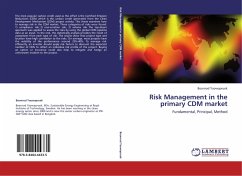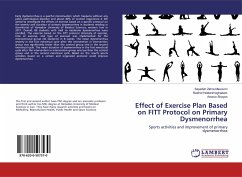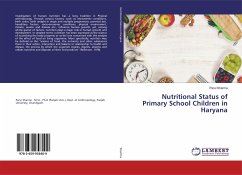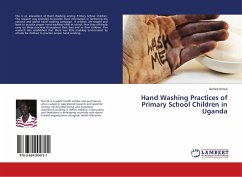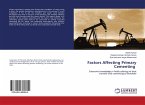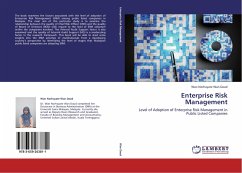The most popular carbon credit used as the offset is the Certified Emission Reductions (CERs) which is the carbon credit generated from the Clean Development Mechanism (CDM) project activity. This thesis examines how to manage risk in the CDM market. Three categories of risks were found: 1) compliance risk; 2) non-creation risk; 3) volume risk. The top-down approach was applied to assess the risks by using the global CDM pipeline data as an input. In the end, the statistically analysis provides the result of assessment from each type of risk. The results show that project type and location have high correlation to the risks. On average, most projects have the volatility of the performance around 25%-40%. To manage risk efficiently, an investor should apply risk factors to discount the expected number of CERs to reflect an individual risk profile of the project. Buying an option or insurance could also help to mitigate and hedge an unforeseen incident to the project.

